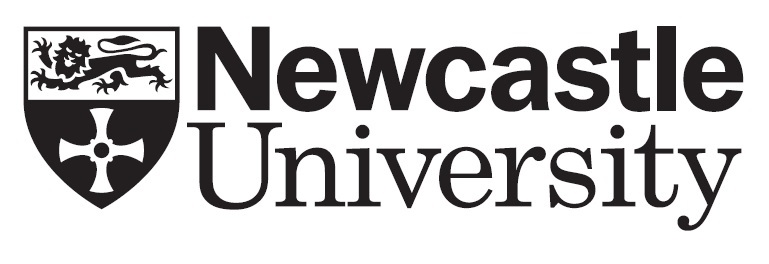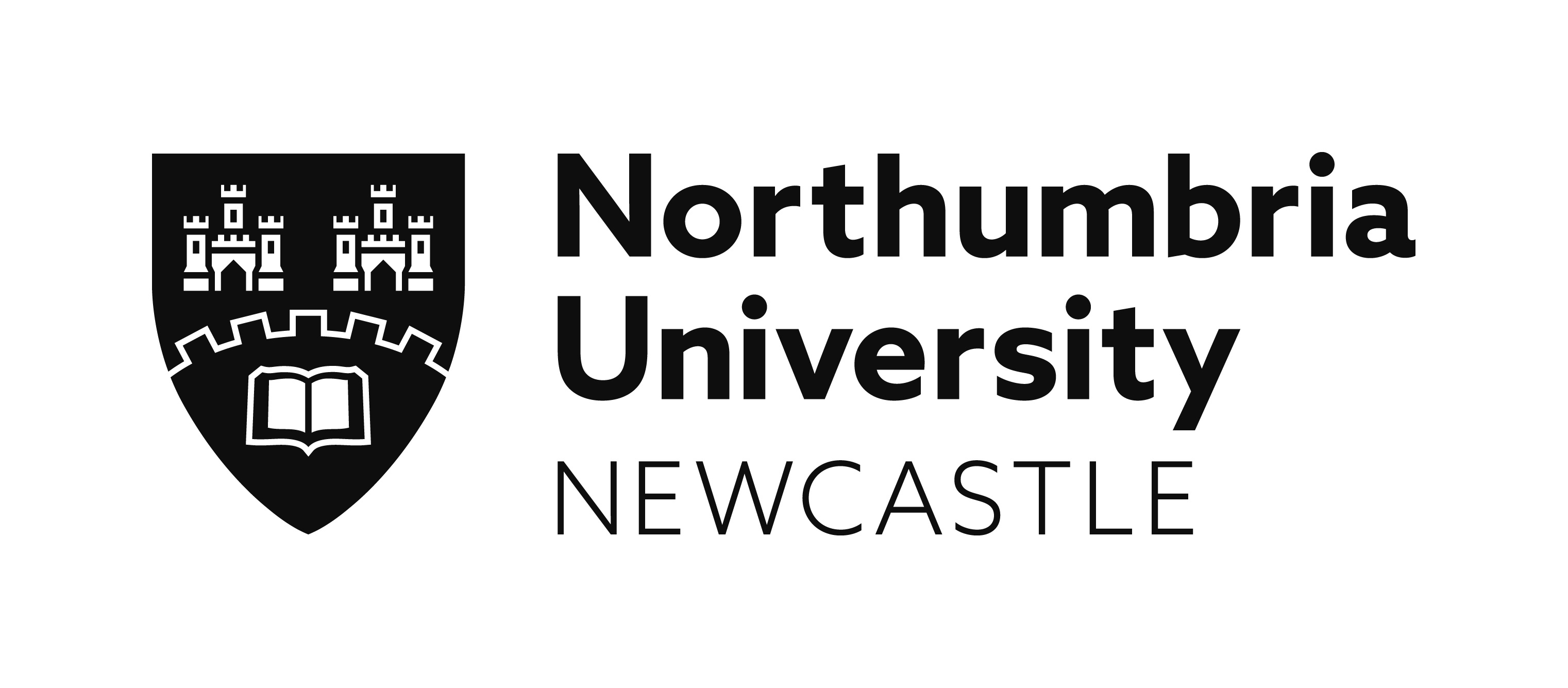Representing the Nation: The historic and continuing role of national art institutions
Freya Spoor, Assistant Curator, ‘Celebrating Scotland’s Art’, The Scottish National Gallery Project
Neil Lebeter, Amgueddfa Cymru – National Museum Wales
In late 18th-century Europe, a number of royal art collections were nationalised. The purpose of such institutions was to house significant collections of art that would be representative of the nation and its cultural aspirations. The best way to achieve this aim has been subject to continual debate. Some institutions have prioritised displays of recognised masterpieces in order to elevate local art production and the perceived cultural status of the nation. Others have provided a national forum for art either by resident artists or that depicts subjects of national interest. With large, historic collections, these strategies are rarely distinct and often overlap. Factors that shape the display policy might include the political climate, economic considerations and social necessity. The physical space available and location of the gallery can also determine the presentation made and whether or not it is seen as successful. More recently, the development of new technologies has broadened audiences for national art collections to a global scale. With increased visibility comes greater public scrutiny about the processes by which collections are formed and displayed, as well as how representative they are of contemporary society. Thus, the papers in this session examine the historic and continuing role of a variety of national art institutions, interrogating the relevancy of the collected image of a nation that they purport to represent.
Speakers
Introduction
Freya Spoor and Neil Lebeter
Avoiding the ‘Omnium Gatherum’: National identity and collection building
Melanie Polledri (Amgueddfa Cymru – National Museum Wales)
European National Museums Rhetoric
Sofia Mali (Buckinghamshire New University)
Representing National Heroes as Transnational Actors: Nordic studio museums
Charlotte Ashby (Birkbeck, University of London)
Saorstát Eireann as Museum: Identity, ideology and art in the Official Handbook of the Irish Free State (1932)
Brandi S. Goddard (University of Alberta)
Britain of the South: The role of Britain in New Zealand’s national art institutions
Anya Samarasinghe (University of Auckland)
Click here to download this session's abstracts or view below
Avoiding the ‘Omnium Gatherum’: National identity and collection building
Melanie Polledri (Amgueddfa Cymru – National Museum Wales)
Amgueddfa Cymru – National Museum Wales was an institution hard fought for. Coming well after its sister institutions in Scotland and Ireland, its Royal Charter was eventually granted in 1907. Following a wave of political and cultural Welsh revivals, the new museum proclaimed, with nationalist vigour, that its aims were ‘to teach the stranger about Wales and the Welsh about their fatherland’. The initial imperative was to build an art collection of the ‘highest national importance’ by avoiding the ‘omnium gatherum’ of haphazard collecting policies. Yet, despite the best of intentions, this programme was embedded within late-19th century worldviews that rendered the British Empire (and all that it entails) an assumed and invisible norm.
This paper considers the legacy of such collecting and display policies. It contributes to ongoing debates by considering how museum professionals can make these collections meaningful; in this instance, for a Welsh global context. In an age of renewed activisms, how do we redress some of the collecting policies of our predecessors, whose imperial endeavours are now often considered at best inappropriate and at worst offensive and just plain wrong, to increasingly multicultural and diverse audiences? In rejecting the old order of one gaze and one narrative, new meanings emerge from the collections that address national identities within, to name just a few, feminist, Black, Asian and Minority Ethnic (BAME) and LGBT + communities in Wales.
European National Museums Rhetoric
Sofia Mali (Buckinghamshire New University)
This paper explains why, despite the efforts of national museums to democratise their offerings, curating still reconstructs the ideology or ‘myth’ (Barthes, R. (1972) Mythologies. New York: The Noonday Press) of the ‘national’, which in itself is inclusive of a unitary identity, exclusive of the ‘other’ and hence, incompatible with the rhetoric of the ‘democratic’. The paper’s central focus is on the curatorial concepts/practices of ‘democratisation’ and ‘demystification’ which have become incorporated into the curatorial practices of contemporary national museums around the world and which are used in the construction of their ‘exhibitionary complexes’ (Bennett, T. (1995) The birth of the museum: History, theory, politics. London: Routledge).
Briefly, ‘democratisation’ as used in this context, suggests making exhibitions which are inclusive of and welcoming to a wide audience, providing equal opportunities for all to access exhibitions; and ‘demystification’ here, means, constructing exhibitions free of ‘myths’ (Barthes, R. (1972) Mythologies. New York: The Noonday Press) and of deliberate manipulation of ideology-specific exhibitionary messages. The ‘exhibitionary complex’, as well as being a product of culture/power is also a product of curatorial research and is informed by the latest curatorial ‘currents’. What is articulated here, is the way in which the discourse/practices of democratisation and demystification serve a reconstruction of concepts and practices around the national to offer an understanding of the conditions that allow the reproduction/reconstruction of a specific, ‘unitary’ and therefore ‘undemocratic’ national identity within the final visual outcome (that is, images and texts) of national museum ‘exhibitionary complexes’.
Representing National Heroes as Transnational Actors: Nordic studio museums
Charlotte Ashby (Birkbeck, University of London)
Alongside national galleries of art, artists’ studio museums were some of the first public art galleries in the Nordic countries and continue to be prominent in the field today. Such museums were established as the joint initiatives of artists, national and local government, and the general public, and were enshrined as monuments to national creativity embodied in the nation’s artist-heroes. This process was intimately connected with the establishment of a unified national art historiography and the production of hagiographic texts publicising the importance of these artist-heroes in the ‘revival’ of the national art culture.
These museums remain in operation and the hagiography they represent remains largely intact in the message disseminated to the local and touristic audiences the museums address. This message is increasingly out of step with art histories that have turned away from stories of national genius towards an emphasis on transnational art cultures and studies of the networks, structures and institutions that lie behind the success of such key actors. This paper will explore ways in which such museums can interact with these debates. Frequently, collections include the artists’ libraries and papers, which reveal an alternative story of the artist as intimately intertwined in transnational debates and communities. Finding ways to make this parallel story visible to visitors is a key step in revealing the museum as not merely a repository of national culture, but as an actor in its ongoing invention.
Saorstát Eireann as Museum: Identity, ideology and art in the Official Handbook of the Irish Free State (1932)
Brandi S. Goddard (University of Alberta)
In 1932, the Irish government published Saorstát Éireann, the Official Handbook of the Irish Free State. Edited by former Irish revolutionary Bulmer Hobson, the Handbook is an intensely ideological but pragmatic exploration of ‘Ireland’ following its independence from Britain. Section headings include: The Country and Its People, Flora and Fauna, Religion, The Constitution, Industries, etc., all written by specialist contributors and culturally significant figures. The Handbook’s cover is clearly inspired by the Book of Kells, a 9th-century illuminated manuscript that is one of Ireland’s greatest cultural treasures, and the text of the Handbook is interspersed with reproductions of works by Irish artists, many of whom were under the state’s employ. My paper offers a reading of the Handbook as a Museum – a carefully curated collection of art and text intended to construct Ireland as nationalist, rural and traditional. I argue that the Handbook is a microcosm of state-sanctioned identity formation and mythologisation underway in the early decades of the Irish Free State. This is a fascinating postcolonial examination because of the Handbook’s role vis-à-vis Ireland’s major cultural institutions – the National Museum of Ireland and the National Gallery of Ireland – both of which emerged prior to Ireland’s independence and which initially functioned as colonial outposts for British cultural tastes. This analysis of the Handbook seeks to expand on the notion of what constitutes a ‘museum’, as well as explore the role of museums in national identity construction and the ideological implications of state-sponsored art.
Britain of the South: The role of Britain in New Zealand’s national art institutions
Anya Samarasinghe (University of Auckland)
The formation of New Zealand’s major national art institutions parallels the genesis of New Zealand as a nation in the context of a settler-colonial identity. Many migrants in the 19th and early 20th centuries saw New Zealand as an outpost of Britain and a ‘Britain of the South.’
Using New Zealand’s first national art institution, Auckland Art Gallery, Toi o Tāmaki (AAG), opened in 1888, as its chief example, this paper will draw attention to concerns around encounters between the colonial heritage of New Zealand’s art collections, and its relevance and place in a contemporary context. Narratives around who identifies with a particular aspect of a nation’s history is a charged topic. These early works, particularly the Victorian and Edwardian artworks, which form a significant portion of the nascent collection, can act as a nexus for conversations around how these works can be relocated into a more inclusive view of New Zealand heritage, one that still engages with its connection to Britain. Looking at the history of an institution such as the AAG, there are still significant links with Britain, evidenced by the exchange of exhibitions that occur on an ongoing basis and the continual display of permanent collection works acquired in the early colonial period. How can these collections be presented in a way that does not set them diametrically opposed to the burgeoning drive for more New Zealand art – specifically, more representation of Māori and Pasifika in national institutions?
|
|
|
|
|
|
Supported by
Conference Sponsors
![]()
Sponsored by
ASSOCIATION FOR ART HISTORY
![]()
Terms & Conditions
![]()


